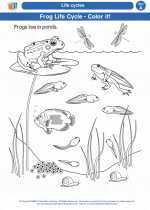Life Cycles
A life cycle is the series of stages that a living organism goes through from the beginning of its life until the end. In biology, the term is most commonly used to describe the stages of development in an organism, including reproduction and growth. Life cycles can vary greatly between different species, but they generally include stages such as birth, growth, reproduction, and death.
Study Guide
1. What are the stages of a life cycle?
- Birth or germination
- Growth and development
- Reproduction
- Death
2. How do life cycles vary between different species?
Life cycles can vary based on the species, environmental factors, and reproductive strategies. For example, some organisms go through simple life cycles with just a few stages, while others, like butterflies, have complex life cycles involving different forms (caterpillar, pupa, and adult).
3. What are some examples of life cycles?
Examples of life cycles include the life cycle of a frog (egg, tadpole, froglet, adult), the life cycle of a flowering plant (seed, germination, growth, flowering, pollination, seed production), and the life cycle of a butterfly (egg, caterpillar, pupa, adult).
4. Why is understanding life cycles important?
Understanding life cycles is important for various reasons, including conservation efforts, agriculture, and understanding the natural world. It helps in understanding the growth and development of organisms, their reproductive strategies, and how they are interconnected with their environment.
5. How can we observe and study life cycles?
We can observe and study life cycles through direct observation in nature, experiments, and research. This can involve documenting the different stages of development, studying environmental factors that influence life cycles, and conducting controlled experiments to understand specific aspects of life cycles.
Understanding life cycles provides insight into the diversity and complexity of living organisms and their interactions with the environment.
.◂Science Worksheets and Study Guides First Grade. Life cycles
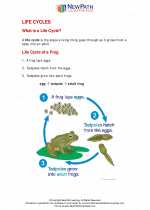
 Activity Lesson
Activity Lesson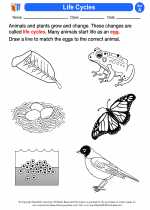
 Worksheet/Answer key
Worksheet/Answer key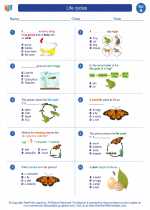
 Worksheet/Answer key
Worksheet/Answer key
 Worksheet/Answer key
Worksheet/Answer key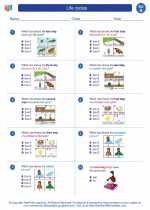
 Worksheet/Answer key
Worksheet/Answer key
 Worksheet/Answer key
Worksheet/Answer key